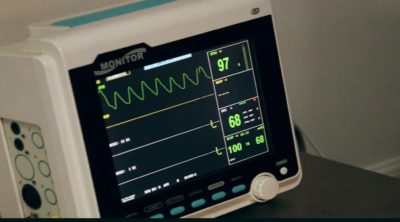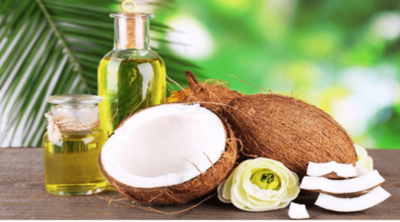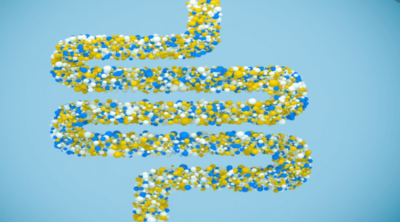
Leukemia by definition, is the term used for cancer of the blood cells. All the important facts about leukemia are mentioned in this article.
It is in the bone marrow, which is the spongy, soft matter in the center of the bones, that these blood cells are formed. New or immature blood cells are known as blasts. While some of these remain in the marrow in order to mature, others travel and mature in other areas of the body. In the normal course of things, the production of blood cells occur in a controlled and orderly way, according to the requirements of the body. However, when leukemia strikes, large amounts of abnormal blood cells are produced. These abnormal cells are generally white blood cells, in most types of leukemia. Apart from not functioning properly, leukemia cells also look different as compared to normal blood cells. Practically all patients affected by leukemia develop anemia, a deficiency of red blood cells. Also, because the white blood cells are impaired, it affects the ability of the body to fight infections. Besides, a shortage of thrombocytes, or platelets, causes easy bleeding and bruising.
Types of Leukemia
Chronic Lymphocytic Leukemia (CLL): This occurs most often in those aged over 55 years, and almost never in children.
Chronic Myeloid Leukemia (CML): This type occurs mainly in adults.
Acute Lymphocytic Leukemia (ALL): This is most commonly seen in children, and sometimes in adults.
Acute Myeloid Leukemia (AML): Both adults and children can get this disorder.
Hairy Cell Leukemia (HCL): This is a very rare type of leukemia, which grows slowly in the blood.
Lymphocytic and Myeloid refer to the type of cancer cells involved. Leukemia is characterized by the accumulation of these cells in the blood, albeit the treatment and history of each differ. Acute leukemia indicates that the disease progresses rapidly, and if not treated, the life expectancy can be from just a few weeks to perhaps a few months only. Chronic leukemia, on the other hand, is the type that progresses slowly, allowing more numbers of functional, mature cells to be produced. After the onset of this type of blood cancer, life expectancy can be as high as 20 years, or even more.
Causes
The exact reasons for the cause(s) of leukemia are not known but, it is suspected that large doses of irradiation and long-term exposure to benzene can be the reason that triggers this off.
Hereditary factors also might increase chances of getting leukemia.
Smoking cigarettes can increase the risk of AML.
Blood disorders also play a prominent role in an individual getting leukemia.
Symptoms
These symptoms can be caused by other conditions too, apart from leukemia. However, they do need to be evaluated medically when they occur. Since the symptoms resemble those that occur in other conditions too, which are often less serious, it can often be difficult to diagnose leukemia early. When leukemia is suspected, the cells in the marrow or the blood need to be examined, which is done by means of a biopsy of the bone marrow and blood tests.
Treatment
Incidence
Survival Rate
- CML – 53 percent
- CLL – 79 percent
- AML – 23 percent overall and 60 percent for children younger than 15 years
- ALL – 66 percent overall and 91 percent for children younger than 5 years.
If detected in its early stage, the prognosis and chances of survival of cancer are definitely better, and there is a greater chance of the cancer going into remission. The importance of a timely diagnosis and treatment cannot be stressed enough. Medical assistance must be sought immediately if an individual exhibits symptoms that may be indicative of cancer.
Disclaimer: This article is solely for informative purposes. For the diagnosis and treatment of any condition, please visit a professional medical practitioner.


